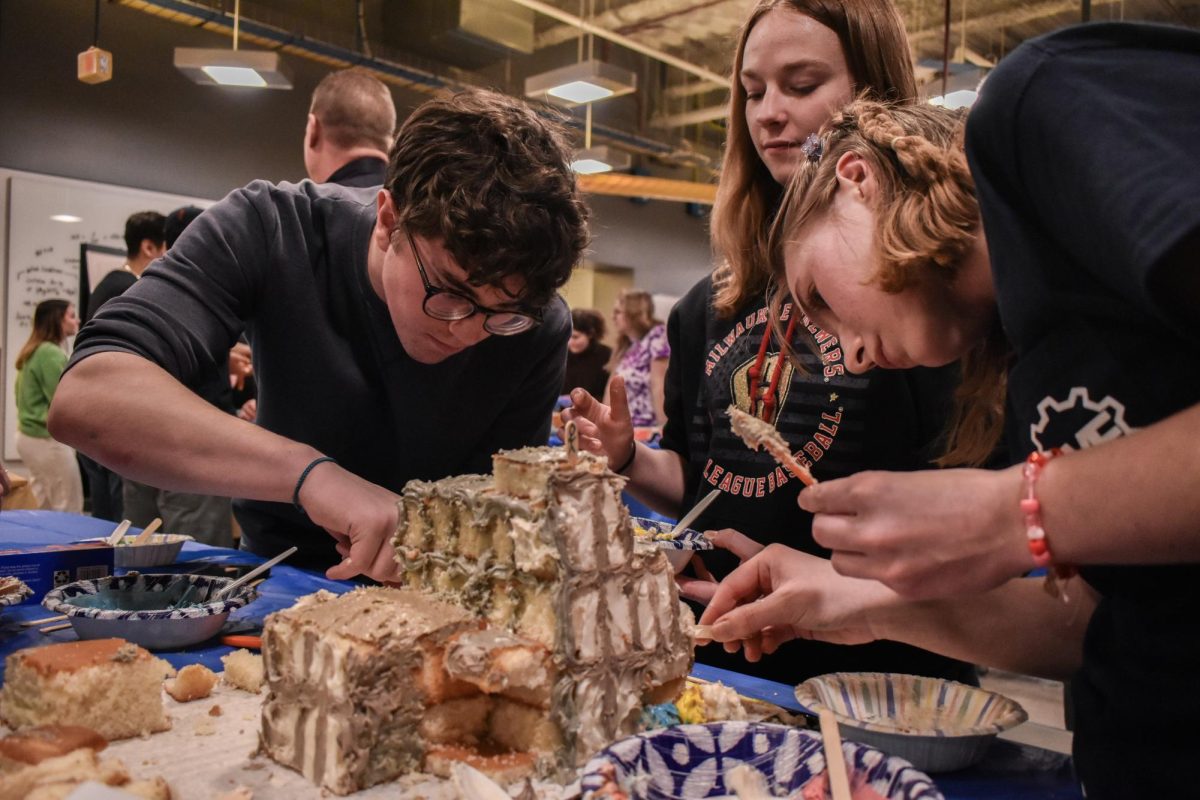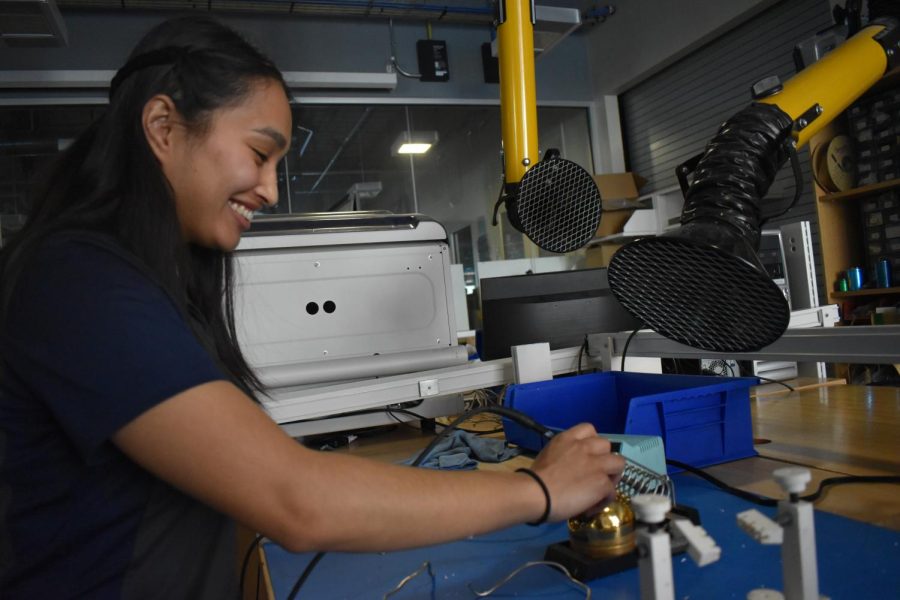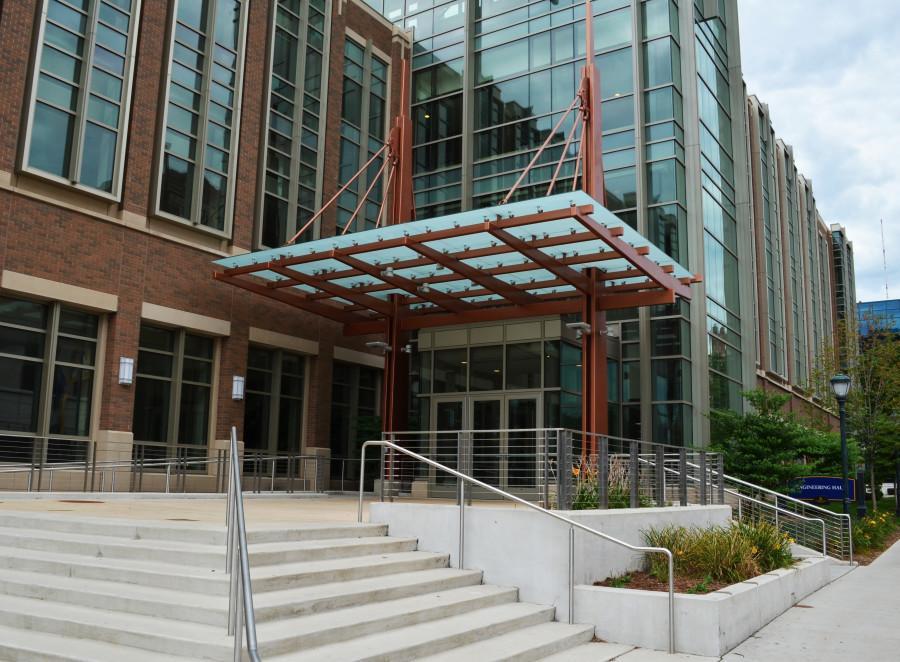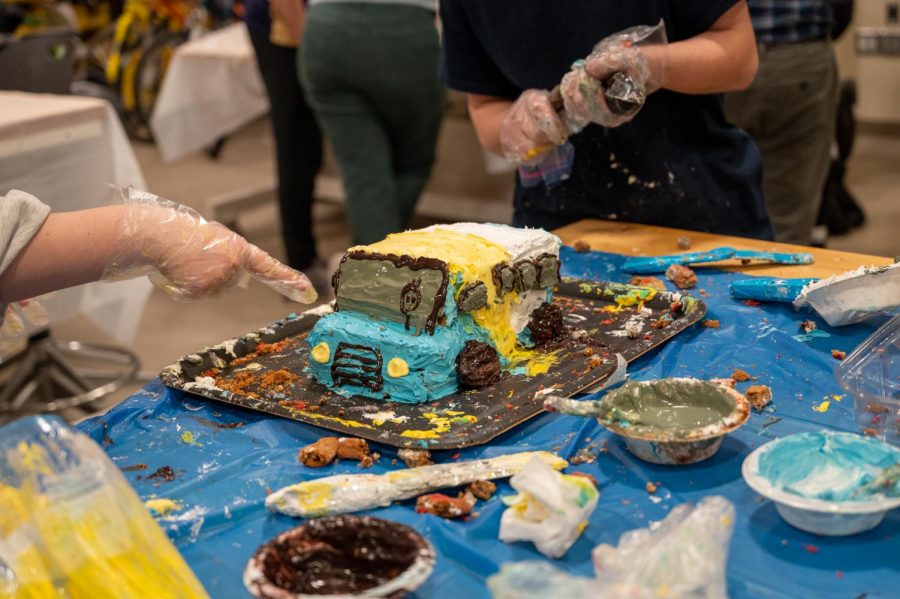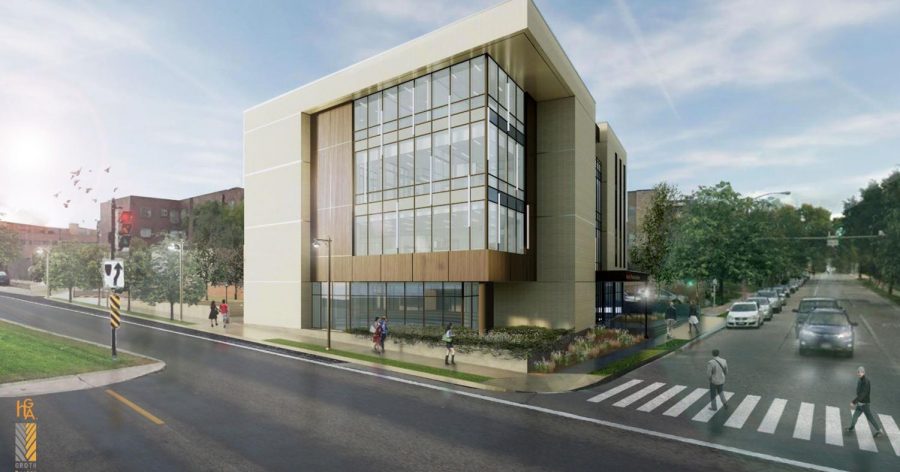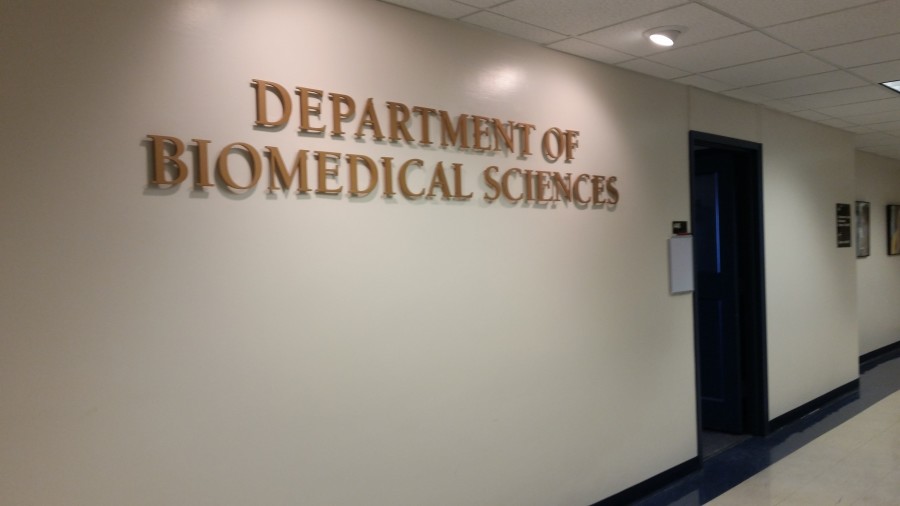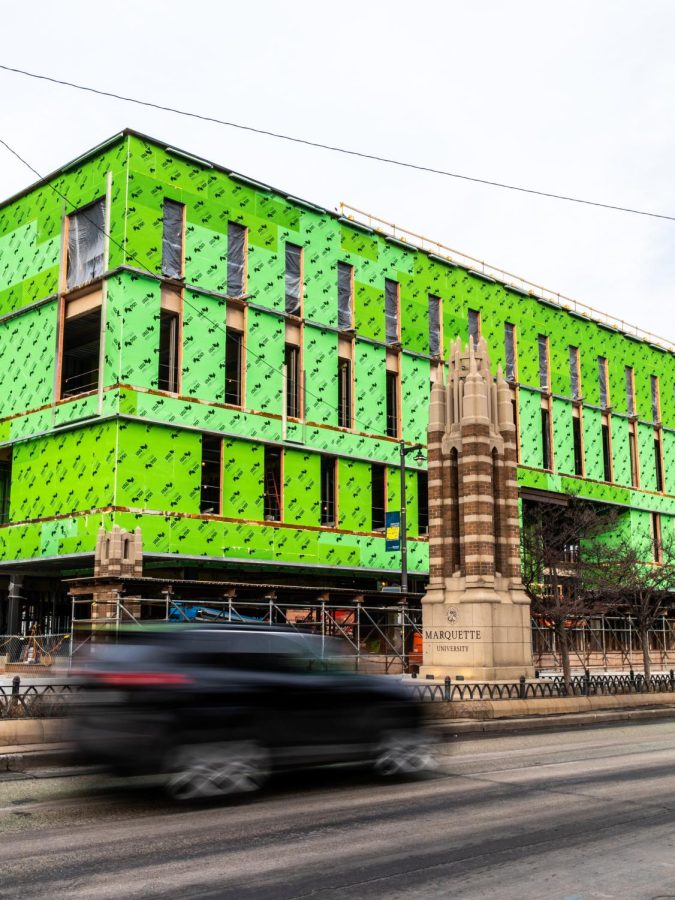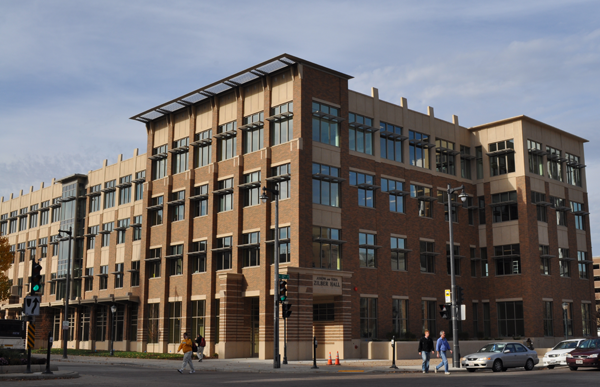 More than $3 million in government stimulus money is currently helping fund nine different medical research projects at Marquette.
More than $3 million in government stimulus money is currently helping fund nine different medical research projects at Marquette.
The money is part of several million dollars from the National Institutes of Health divided among Marquette, the University of Wisconsin-Milwaukee and the BloodCenter of Wisconsin.
Marquette received the most funding of the three.
“That’s a pretty good showing for Marquette compared to the other institutions,” said William Cullinan, dean of the College of Health Sciences.
The largest amount of money — $1.4 million — went to drug addiction research by David Baker, associate chair of the biomedical sciences department.
There are numerous benefits from research grants like this, Cullinan said.
The money is necessary to conduct the research, which in the case of Baker’s work is “enormously expensive,” Cullinan said. And the potential outcome of the research could be significant.
Baker’s project could eventually lead to a new treatment for drug addiction, Cullinan said.
Funding for large-scale research projects also helps raise the university’s profile and gives students opportunities to participate in the projects, he said.
Spinal cord injury drug research
Brian Schmit, associate professor of biomedical engineering, received more than $770,000 to fund his research on drugs designed to help victims of spinal cord injuries.
People who sustain these kinds of injuries usually lose full or partial control of their legs and are prone to muscle spasms in them, Schmit said.
He said his research looks at a commonly prescribed drug used to diminish these spasms and its effects on the ability of spinal cord injury victims to regain some ability to walk.
“What we think is that the drugs affect their recovery and their ability to regain some movement,” Schmit said. “Our objective is to help provide information on how the drug should be used in the clinic.”
Research like this is important for the advancement of Marquette, he said.
“While Marquette prides itself in having strong teaching, the best universities in the country are known because of their research programs,” Schmit said. “It really raises the profile of the university to have research like this going on.”
A new foot and ankle prosthesis
Philip Voglewede, an assistant professor of mechanical engineering, received more than $390,000 to fund his research on constructing a better prosthesis for people who have had foot and ankle amputations.
Voglewede and his team have developed a prototype for a prosthesis that uses a special motor to provide more support for the limb and better mimic the natural movement of the foot and ankle.
“We’re looking to restore some of that lost function,” he said.
Professors at Massachusetts Institute of Technology, Arizona State University and Vanderbilt University are working on similar projects, he said.
“We’re pretty excited that we’re one of the four,” Voglewede said.
He is also hopeful that this funding could lead to a larger federal grant, known as an R01 grant.
“By all means, we really would like to take this into an R01 grant … to be able to see if we could get into a bigger study,” he said.
Research projects like this help improve the instructors as well as the overall university because professors are able to apply their research to their classrooms, Voglewede said.
“If I can then bring (the research) into the classroom, it also gets the students jazzed,” he said. “That makes me a much better instructor.”

